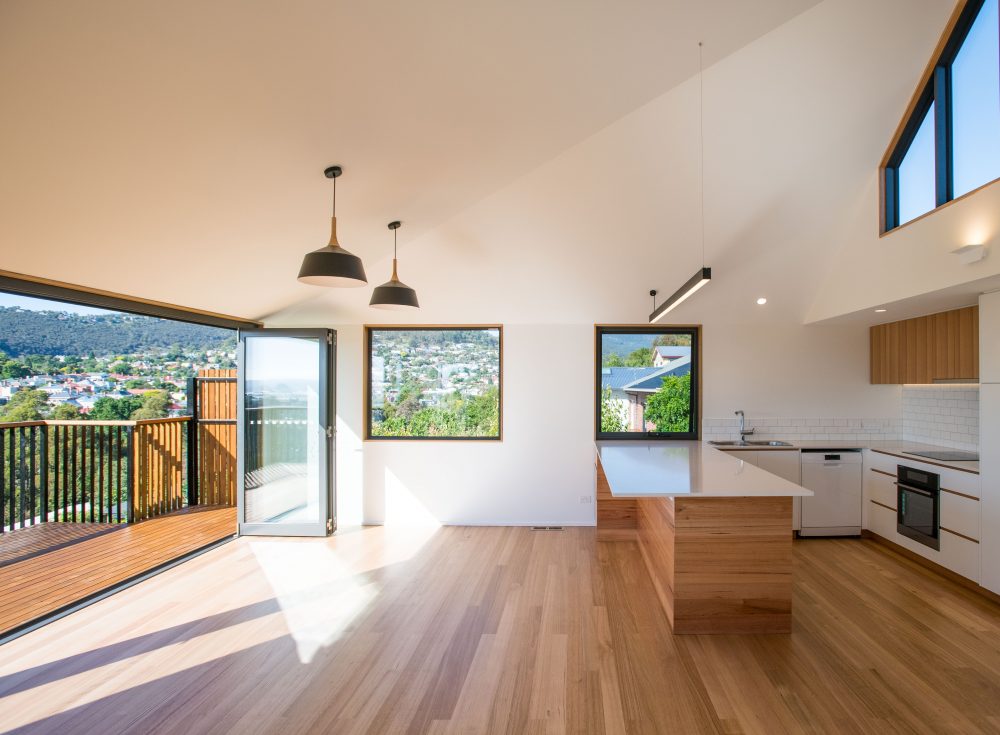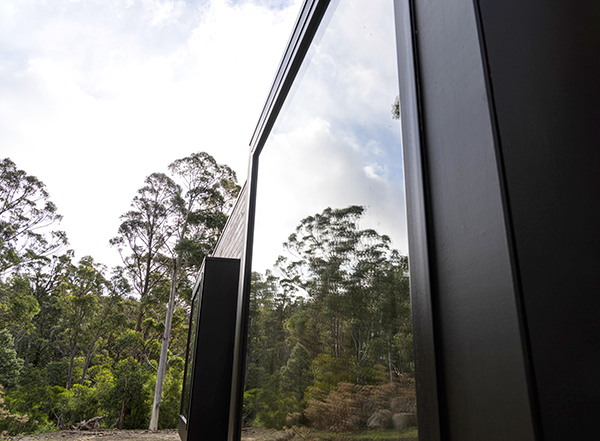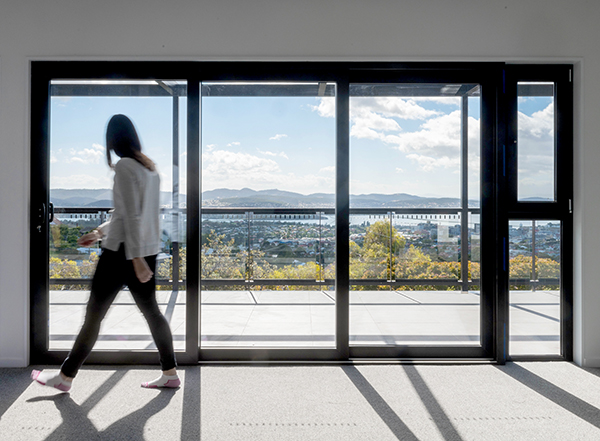
Design for climate means that your home is designed to keep you at a comfortable temperature throughout the year, based on where you live. Building for climate is particularly beneficial in Tasmania where we have four distinct seasons resulting in hot summers and intensely cold winters. Whether you are starting a new project or looking to renovate your existing home, climate control solutions can be adapted into any project.
Through the incorporation of energy efficient design approaches, it is possible to achieve a steady indoor temperature all year round. You might consider including locally sourced, low carbon materials and added insulation. You can also maximise the use of energy in your home through the use of passive solar design (through the capture and storage of heat from sunlight), double or triple glazing on windows. By increasing insulation and energy storage via thermal mass you can achieve minimal running costs and added comfort all year round.


“The principles of Passive House design are so relevant to the Tasmanian environment. Building for our unpredicatable climate doesn’t have to be complicated, by incorporating just some practical elements you can significantly improve the performance of your home”– Nathan Owen, OCON Built.
Passive House is a design standard that achieves thermal comfort with minimal heating and cooling by using insulation, airtightness, appropriate window and door design, ventilation systems with heat recovery, and elimination of thermal bridges. When combined, these features regulate the indoor environment reducing the need for traditional heating and cooling solutions.
“Passive houses are largely considered green buildings; this is due to the energy savings and lesser environmental impacts achieved during their lifecycle. The core principle of a passive house is achieving indoor comfort with as little energy consumption as possible”. – Passive House Australia
Other considerations may include:
- Orientation of the building on your block, maximising the north facing aspects for optimal natural light and for capturing heat.
- Triple glazed windows,
- MHRV (mechanical heat recovery ventilation) system (climate control, allergy friendly),
- Colour choices for thermal efficiency,
- Thermal mass storage,
- Impacts to the local landscape (placement on site and the impacts on local flora and fauna) and water conservation,
- Future longevity of materials, ongoing maintenance, and the carbon footprint of your home.
- Renew & Sanctuary Magazine
- Passive House Australia
- Your Home
- Green Design, Architects

